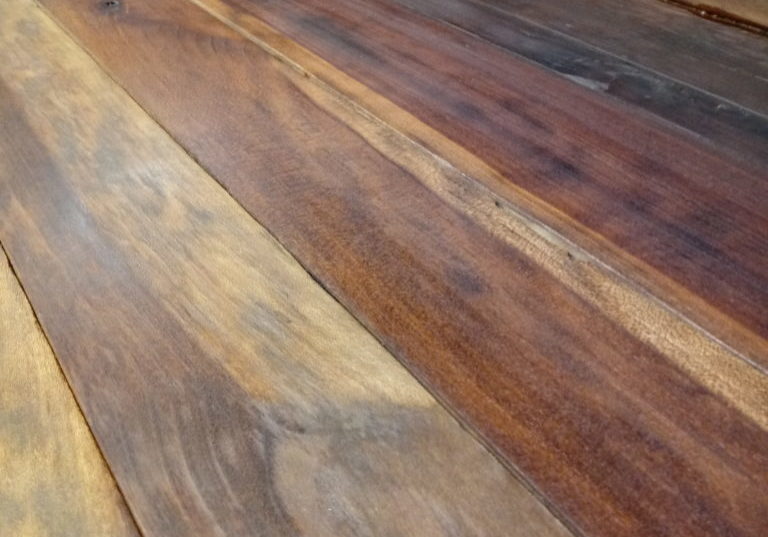A Guide to Furniture Foot Styles
When trying to identify a piece of antique furniture, you may begin with the foot. There are over a dozen common furniture foot styles that can help you determine the approximate age and style of a chair, dining table, or chest. When you know the different types of furniture feet and their relation to different period pieces, you will have a better idea of the overall style and the time period of the furniture in question.
It is important to remember that antique furniture foot styles have been used throughout multiple periods and come in and out of style over the centuries. You need other determining factors to date furniture. We do not suggest to make a conclusion based only a piece’s feet. Here are several popular types of furniture feet in history, which you can use to help identify your furniture’s period and age.
Arrow Foot
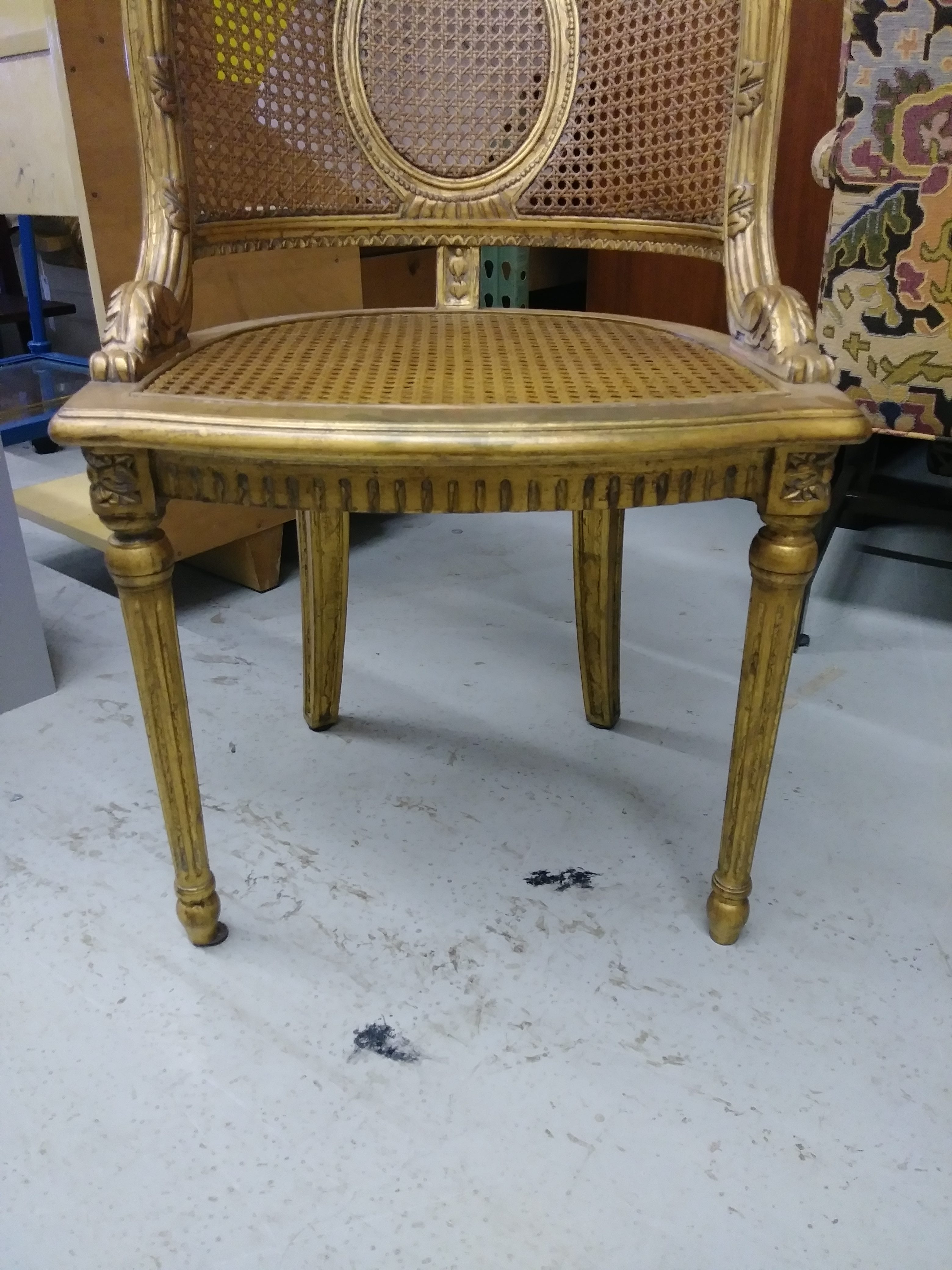 The arrow foot is a tapered cylinder that’s separated from the leg by a turned ring. This furniture foot style is usually plain, regardless of the leg style. Arrow feet are popular in Hepplewhite and Sheraton designs, popularized in the mid-18th century.
The arrow foot is a tapered cylinder that’s separated from the leg by a turned ring. This furniture foot style is usually plain, regardless of the leg style. Arrow feet are popular in Hepplewhite and Sheraton designs, popularized in the mid-18th century.
Ball Foot
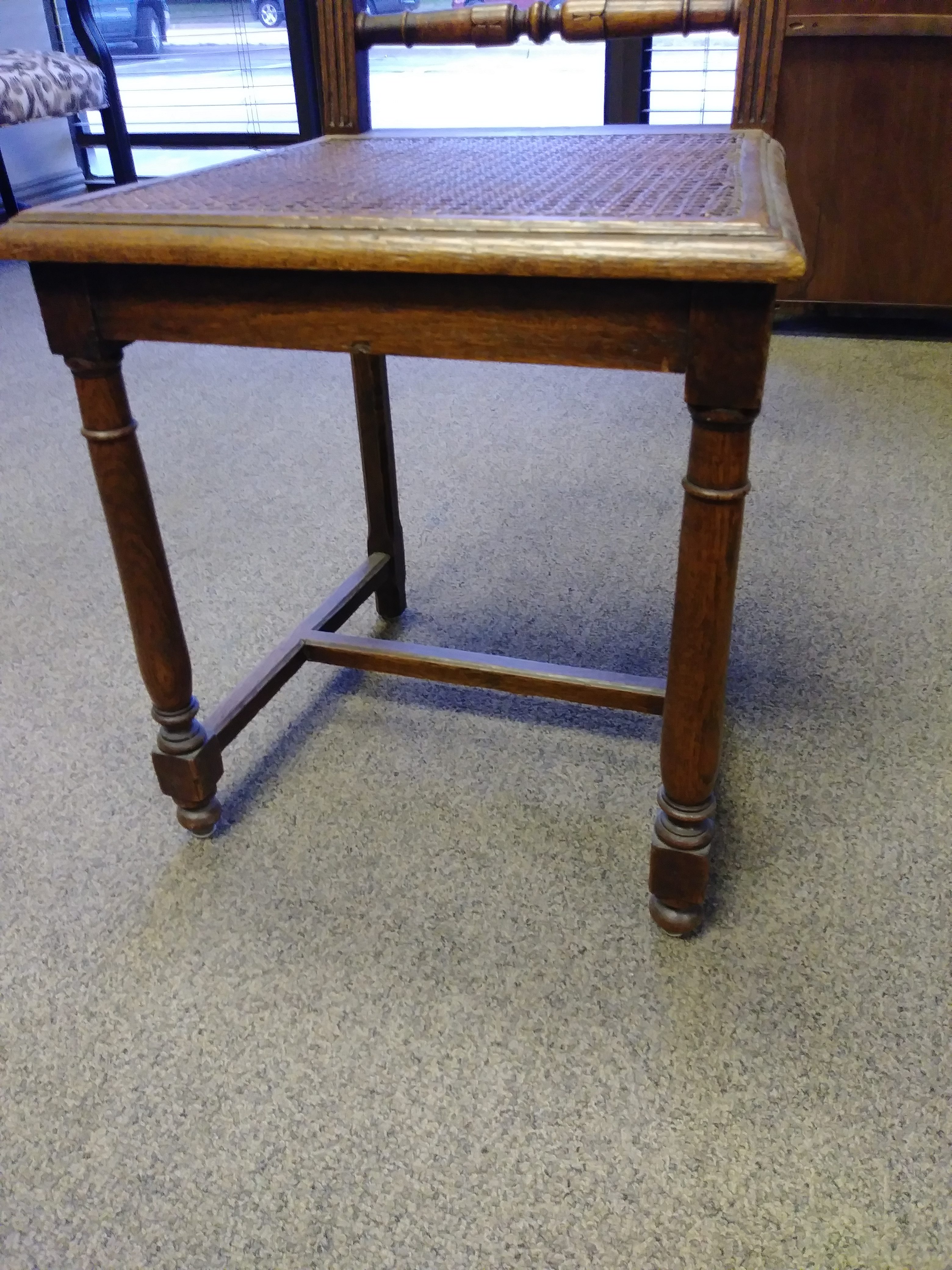 Shaped like a ball, this is one of the earliest and most basic styles of furniture feet. It’s often found on heavier cases pieces like chests and sideboards. Ball feet are found on pieces dating back to the early 17th century and continued in the William and Mary style and American Federal pieces in the 1800s.
Shaped like a ball, this is one of the earliest and most basic styles of furniture feet. It’s often found on heavier cases pieces like chests and sideboards. Ball feet are found on pieces dating back to the early 17th century and continued in the William and Mary style and American Federal pieces in the 1800s.
Ball and Claw Foot
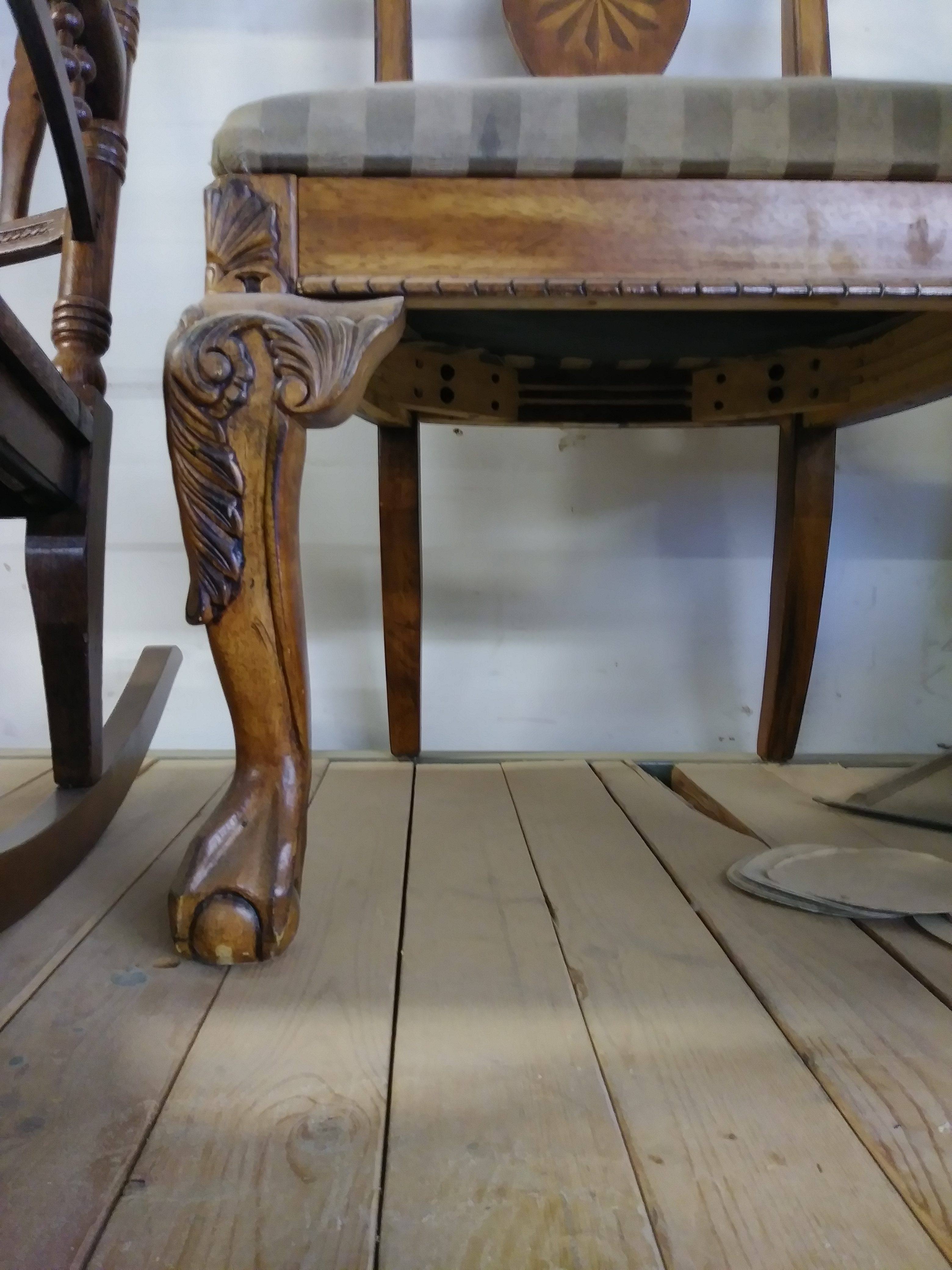 Also known and claw-and-ball, this type of furniture foot looks similar to a bird’s claw clutching a ball. In Chippendale style furniture, they are often carved entirely of wood, but can also feature a metal claw and a glass ball. Ball and claw feet are still popular to this day.
Also known and claw-and-ball, this type of furniture foot looks similar to a bird’s claw clutching a ball. In Chippendale style furniture, they are often carved entirely of wood, but can also feature a metal claw and a glass ball. Ball and claw feet are still popular to this day.
Cylindrical Foot
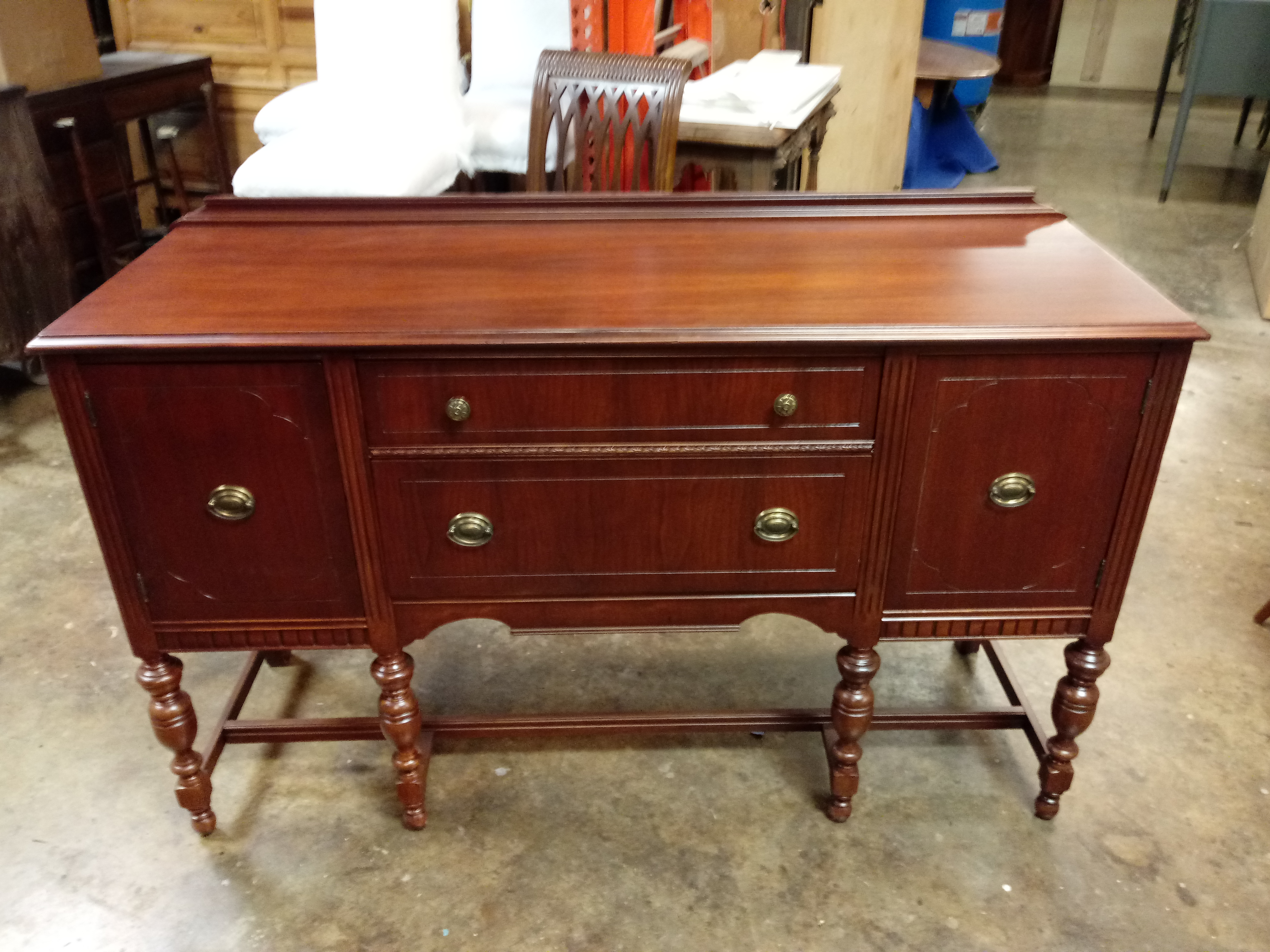 Just as it sounds, this is a turned furniture foot style and is separated from the leg by a ring. It usually swells out slightly and tapers to a plain point. This design is usually found in Georgian and Neoclassical style furniture, including Sheraton.
Just as it sounds, this is a turned furniture foot style and is separated from the leg by a ring. It usually swells out slightly and tapers to a plain point. This design is usually found in Georgian and Neoclassical style furniture, including Sheraton.
Pad Foot
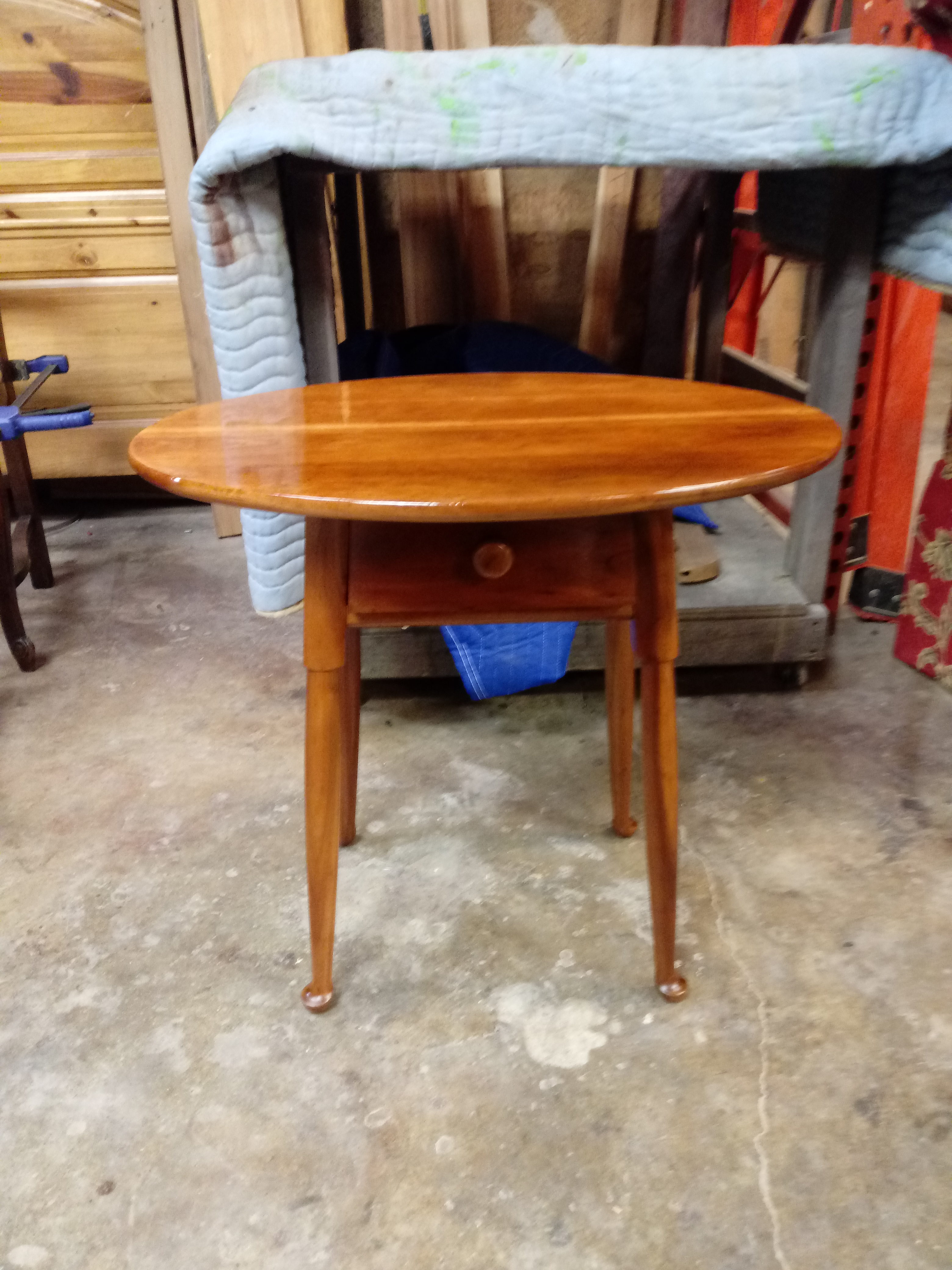 This is a variation of the club foot, with a disk underneath an oval-shaped block of wood. They are often at the base of cabriole legs and are indicative of Queen Anne furniture.
This is a variation of the club foot, with a disk underneath an oval-shaped block of wood. They are often at the base of cabriole legs and are indicative of Queen Anne furniture.
Spade Foot
Popularized by Chippendale in the mid-18th century, the spade foot is rectangular that is wide at the top and tapers to a narrow base. This antique furniture foot style continued to be used throughout the late 1700s and into the early 1800s in the Hepplewhite and Sheraton furniture.
There are perhaps over a dozen more styles of antique furniture feet that you can find in furniture from the 17th to 19th century and in reproductions. The designs vary regionally and by cabinet or furniture maker, but they are helpful in indicating the time period and overall style. If you are trying to identify your furniture’s feet styles or refinish a potentially antique piece, consult Aaron’s Touch Up today.

